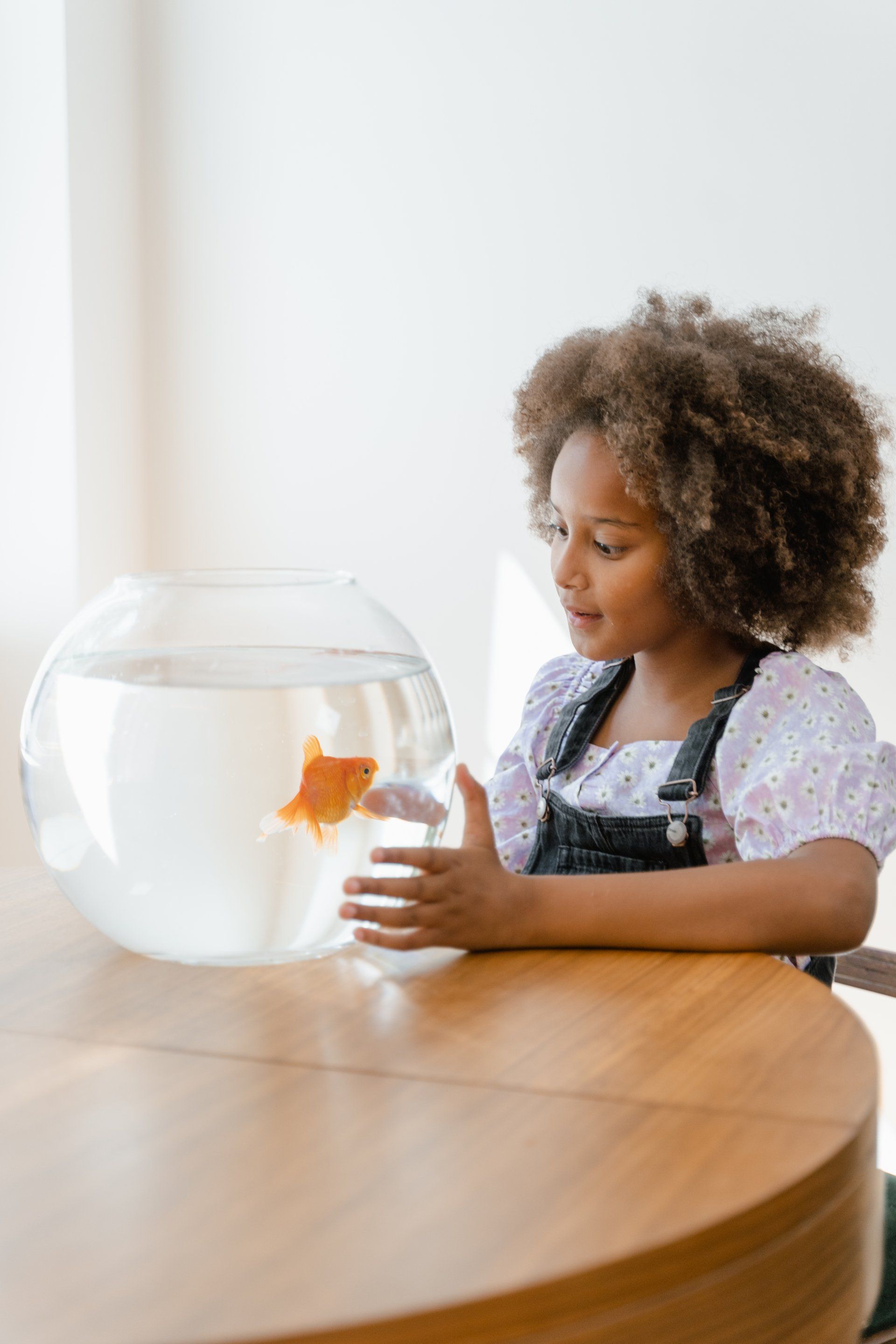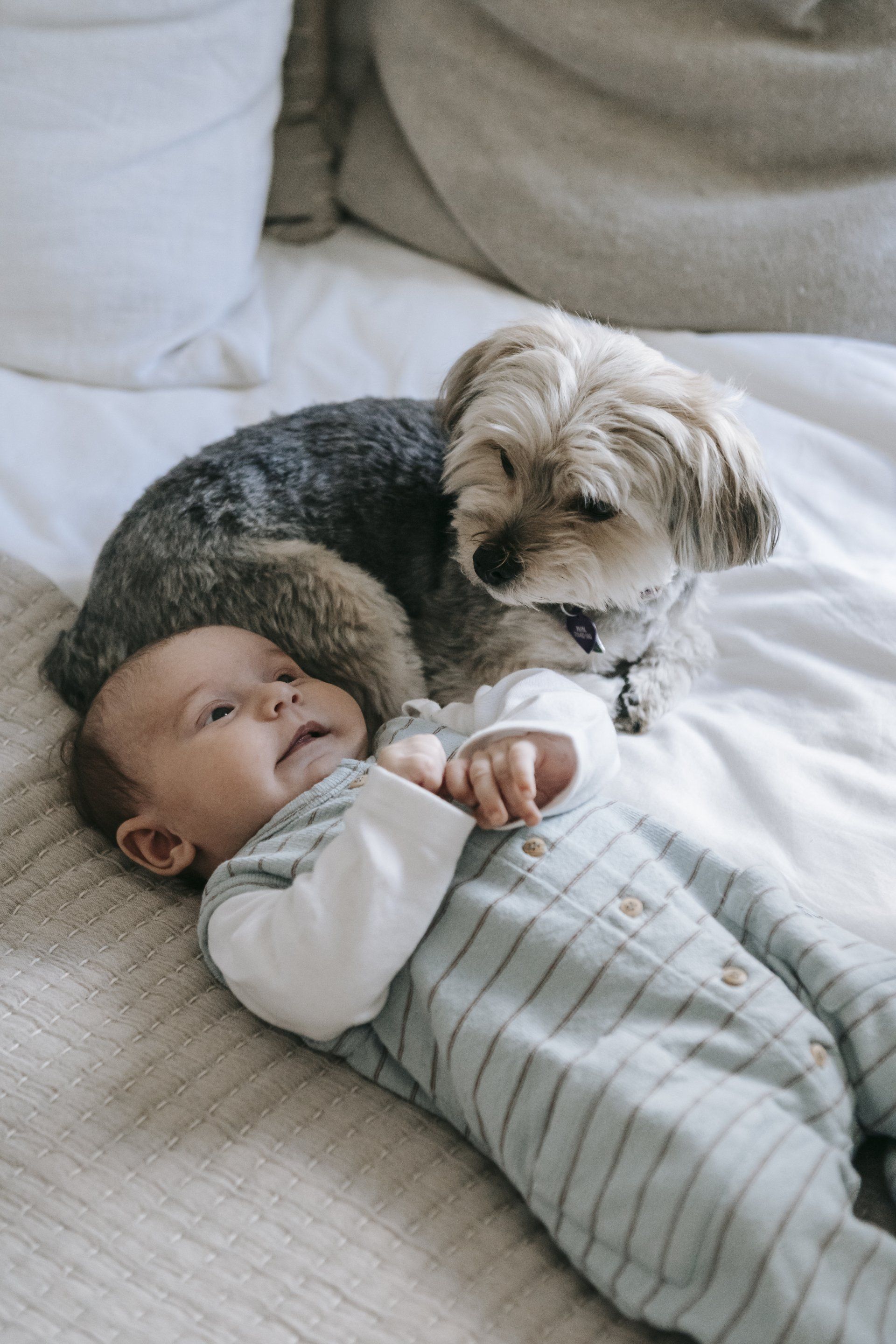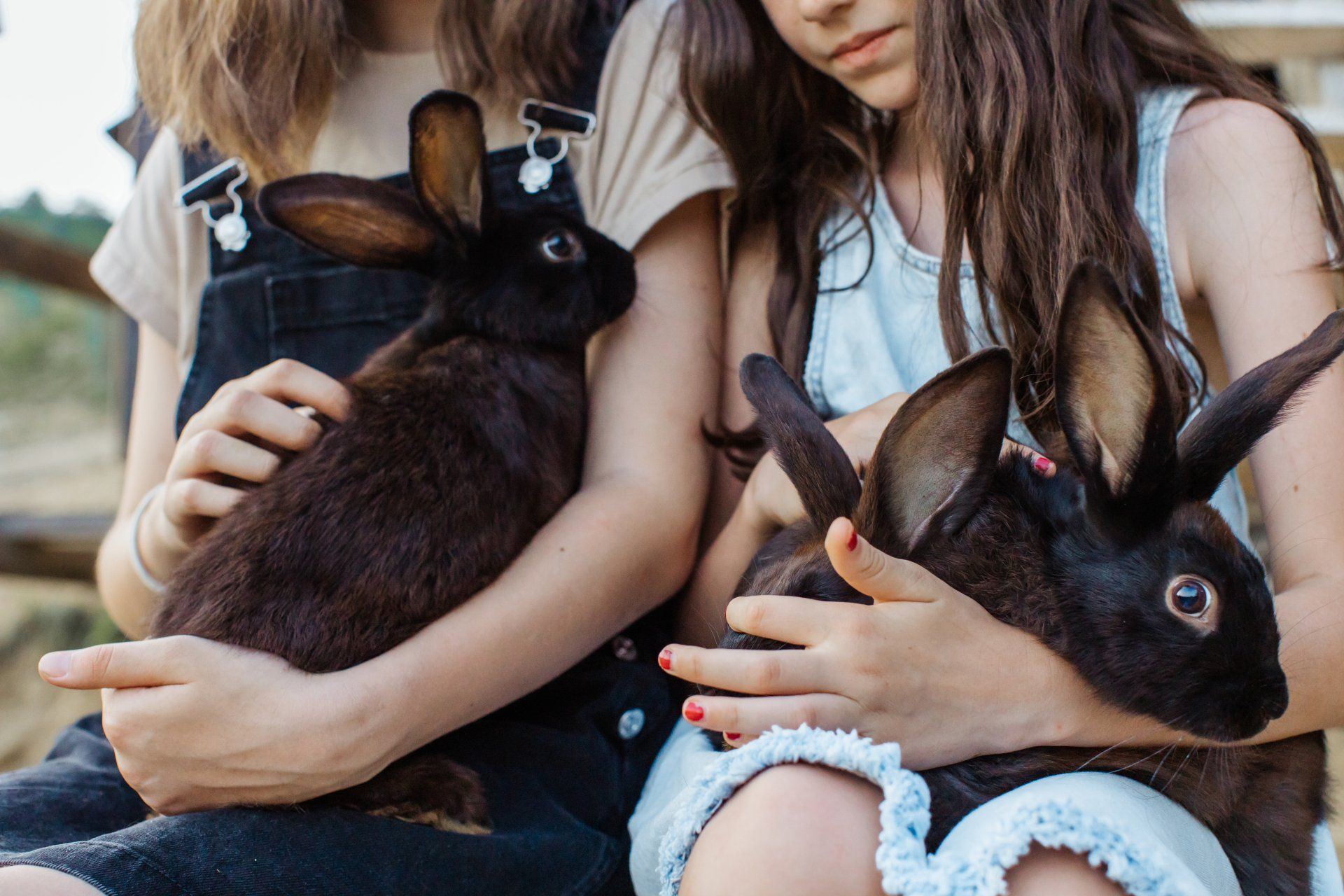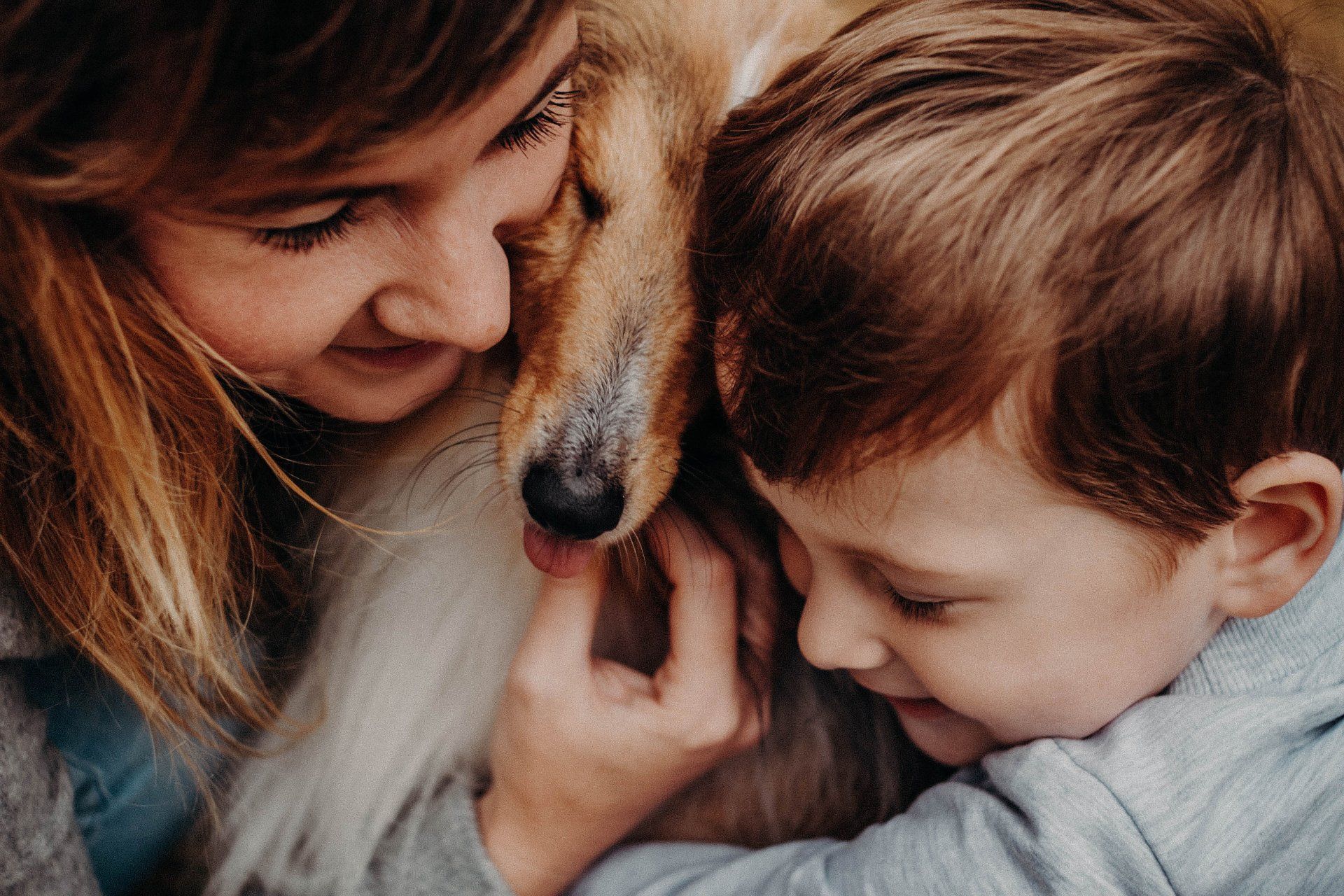
Part of the Family
Pet Memorial Centre
Pet Loss & Your Child
Children often describe pets as being a part of their family. Your pet may be the first to greet your child at the door, or the companion they turn to during difficult times. For many children, their first experience with grief is through the loss of a pet. While informing a child of a pet's death is especially challenging, learning to cope with grief can help prepare them to process future losses. The following methods will help explain pet loss to your child’s young, sensitive soul, in a way they will understand.
Parental Preparations
Prepare to talk about thoughts and feelings often when the death of a pet occurs. It is likely that you will have to tend to the subject for days, weeks and months to come.
1) Keep following your daily routine - Children take comfort in consistency. Ensure they also continue to take part in their usual activities such as school and social events.
2) Don’t hide your grief from your child - Seeing a parent grieve during a loved one’s death will let your child know that it's normal and healthy to cry and feel sad.
3) Remember to take care of yourself – Children learn what they see, so be a role model for self-care during this critical time.
We provide a free of charge colouring workbook as an additional tool to help your child through these conversations:
Colouring Workbook for Children
PDF Children's Book "When Your Pet Dies"
Inform Your Child
Speak with your child as soon as it is known that your pet has passed. If possible, discuss the possibilities of ill or older pets dying in advance. If an animal has to be euthanized, it is best to explain that the vet is helping by taking their pain away. You may ask your child if they would like to be present during the euthanasia, if they would rather say goodbye after, or not at all. If the pet's death is more sudden, calmly explain what has happened. Be brief and allow your child's questions to guide how much information you provide. Explaining the stages of grief helps them begin to understand that these emotions are natural. You may share your beliefs if your child asks what happens to an animal after they die.
Developmental Awareness
It is key to tailor your explanation to your child’s age.
Children 2 and under will feel stress and grief, but will be unable to perceive the source. Give them some extra love and attention during this time.
Kids 3-5 years old do not fully understand the permanence of death. It may be necessary to explain this concept more than once.
Children 6-8 are aware death is permanent, but feel it happens to others, not to them.
Ages 9-11 begin to understand death is a part of life.
Create Meaningful Memories
It’s often helpful to create a tribute together with your child for your pet. Planting a tree or flowers in their memory, drawing pictures, and assembling a photo album are all ways to celebrate their life. Scattering your pet’s ashes or planning a burial with your child present may provide a sense of closure. It’s important that children understand grief will fade, but the good memories and the love they shared with their pet will last a lifetime.

Slide title
Write your caption hereButton
Slide title
Write your caption hereButton
Slide title
Write your caption hereButton
Slide title
Write your caption hereButton
Slide title
Write your caption hereButton
Slide title
Write your caption hereButton
Slide title
Write your caption hereButton